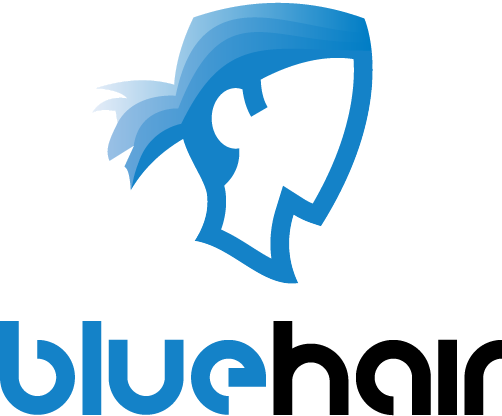TOKENS: Books and libraries of the future
I’ve already made a post before talking about the Personal Area Libraries, one of our concepts in our attempt to design the books and libraries of the future. Today it’s time to show our second concept, the Tokens. You can see the results of our initial research by visiting the previous post so that you can understand why we came up with this concept, but in the mean time and just to give you an idea, here’s the vision we developed as a starting point:
“In a world full of volatile digital media, people feel distant and unconnected from their reading material. It’s so easy to copy and distribute media that its very possession has lost its value.
We want to bring this value back to the people.”
So here it goes:
THE READING MATERIAL:
The reading material is independent of the eReader itself. It is carried individually in “Tokens” which have a specific shape and look linked to the content. It can be compared to DVDs and CDs.
The tokens are valuable to the user for 2 reasons:
- Their content is non-transferable and non-erasable; hence to have access to that specific content, the user must have the Token in their possession. It is not “volatile” any more.
- They become unique by offering the user the possibility to add a one-time, non-erasable, non-transferable, personalized “message” that becomes an integral part of the content in that specific Token (e.g. A dedicatory, or a self addressed message reminding you how you got the Token)
THE READER:
Since the Tokens are independent from the eReader, they can be displayed in different formats of readers, which in turn can remain fairly simple (only a function to flip pages for example) , giving the importance to the carrier (Tokens) and the content instead of the machine itself.
Some ideas for simple readers:
- Single sheet of e-paper
- Double sheet of e-paper (to flip pages for example)
- Rolled up e-paper
THE LIBRARY:

The library consists of a plane surface in which the Tokens can be attached freely. For example, the user can choose to cluster his Tokens as he wishes. When the user wishes to read a book, he detaches one of the Tokens, and uses his preferred reader to display it.
The library also offers “inspiring” possibilities such as:
- Create different types of “connections” between books I order to visualize relations between them such as line connections or color coding. For example, the user could cluster them on a physical arrangement by author, create line connections depending on their subject, and color-code them by favorite groups.
- Visualize the “Soul” of the Tokens. This could be manifested for example as a cloud of keywords and/or key images from the book being displayed around the Token, or by showing the unique personal message they carry.
Underneath, you can see a quick video demonstrating the concept.



